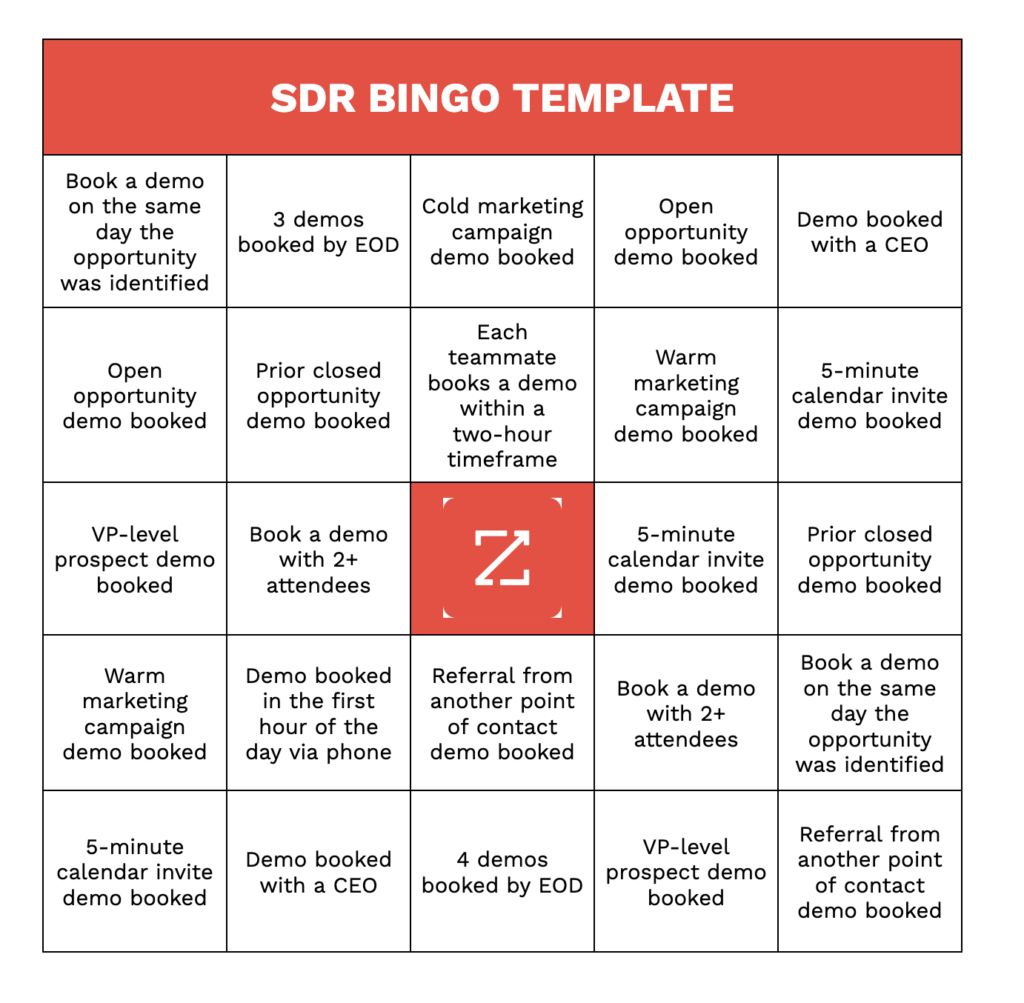I couldn’t tell you who the customer was, how likely they were to buy, or how much money was at stake. All I remember is running around the office in celebration when one of the sales development representatives (SDRs) on my team booked their first meeting. It was thrilling. At that moment, reveling in victory, I realized the most critical element of sales management: People.
Since then I’ve built a career coaching sales professionals with a practical management approach that puts people first — both our customers and our teammates. Now at ZoomInfo, I’ve been focused on establishing a new UK-based sales development team to support our global growth.
Through all of my experiences, I learned three important lessons about creating and maintaining a people-first sales culture: connections matter, everyone needs a clear plan and don’t forget to make it fun.
1. Get To Know The Individuals On Your Team
When it comes to sales management, there are a lot of similarities with coaching team sports. As a leader, your job is to establish goals, offer support, and maintain morale. Whether for sports or sales, a team is made up of individuals who bring their own skills and experiences to the action. Each person has their own work style, motivators, and stressors that can affect the success of the group.
To keep your individual players in sync with each other and your collective goals, you need to go beneath the surface. You should make it a point to find out:
What motivates each person on the team?
Which stressors affect each the most?
What type of coaching style works best for each?
How can I help each person continuously learn and grow?
Once you can answer these questions for each person on your team, you’ll be able to think more strategically about the whole group. You’ll know who is motivated by spiffs or friendly competition, and who needs extra support to finish the quarter strong.
I start each morning by sending a slack message to teammates that I know need a little extra encouragement that day. I’ve learned that something as simple as “I feel like today’s going to be a big day for you” can be all it takes to drive motivation.
2. Set Your Reps Up For Success With A Clear Plan
The biggest failure a sales manager can make is starting someone off on Day 1 without a clear path forward. Each time a new rep is onboarded, I walk through what their first nine months in the role will look like. The purpose of this exercise is to:
Align expectations.
Understand their personal goals.
Establish a clear path toward success.
Create opportunities for them to learn from leaders and peers.
Be transparent about career progression.
Defining a go-forward plan ensures that reps know what to expect and understand the opportunities for growth. When you start with the end goal in mind, it’s a lot easier to work towards that point, rather than getting overwhelmed with the day-to-day challenges that arise.
Having a plan also makes the process of sales coaching easier by identifying skills that a rep needs to develop. HubSpot found that when coaching is optimized like this, over 94% of reps meet their quota.
3. Avoid Burnout With More Engagement — And Fun
Unless you’re near a regional office, working as a global SDR often means making calls from your bedroom. This can be an isolating experience, especially since sales development roles are often full of rejection, pushback, and other challenges.
Because of this, I knew that I had to get creative to keep my team feeling connected and engaged. I implemented a number of games, competitions, and special contests that helped foster a people-first environment, while also building skills. Here are a couple of examples:
Objection Ball
First up, is the game Objection Ball, or Objection Roulette for remote teams.
For the in-person version in our London office, I wrote a number of common and not-so-common prospect objections onto a football. We sat in a circle, passing the ball around. Once you got the ball, you had to read the objection facing you and explain how you’d handle it.
To play with remote teams, start a Zoom meeting with your team and designate one person to share their screen with the “Objection Roulette” wheel ready to go. That person can choose to call out a teammate at random or work down the participant list, spinning the wheel for each rep. Once the wheel lands on one of the objections, they can answer the objection.
This game is a winner for several reasons:
Reps are able to learn from one another.
I can offer real-time feedback and guidance.
It’s a more engaging way to give coaching around objection-handling, rather than walking through a slide presentation.
SDR Bingo
SDR Bingo is another fun tactic to create team bonding and spur motivation. For this activity, I had reps team up and work collectively to check tasks off of a Bingo card. Activities include booking a meeting with a VP-level contact, booking three demos in a single day, booking a meeting the same day an opportunity is created, and other achievements worth celebrating.

By creating space for team members to lean on one another and work towards a shared achievement, my goal was to build team camaraderie and book more business — and it worked. On the first day of playing SDR Bingo, the team booked 30 meetings in just four hours.
Creating a strong, people-first sales culture is the most important investment a global sales organization can make. When you put effort into the well-being of your team and create space for fun, you have an environment where people want to continue growing.


